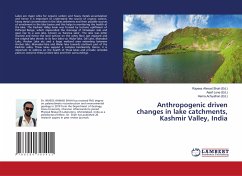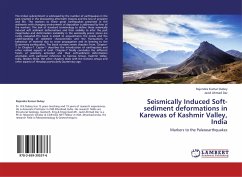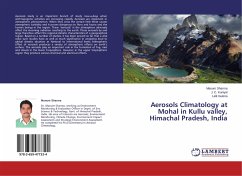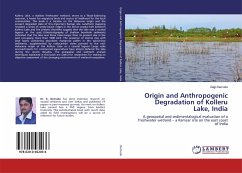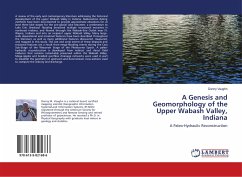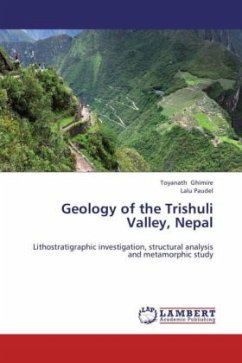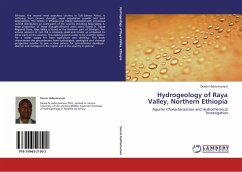Lakes are major sinks for organic carbon and heavy metals accumulation and hence it is important to understand the source of organic carbon, heavy metal concentration in the lakes sediments and their possible sources of enrichment in the lake basins and this helps in monitoring the health of the lake. The Kashmir Valley basin was formed by tectonic upliftment of PirPanjal Range, which impounded the drainage of Himalayan side and gave rise to a vast lake, known as 'Karewa Lake'. The lake was latter drained and hence the land surface on the valley floor got exposed and the original lake shrank to its four lakes viz. Wular lake, Dal Lake, Manasbal Lake, Anchar Lake etc and a large wetland area extending between Anchar lake, Manasbal lake and Wular lake towards northern part of the Kashmir valley. These lakes support a complex biodiversity. Hence, it is important to address on the health of these lakes and provide remedial plans to conserve these pristine lake and their surroundings.
Bitte wählen Sie Ihr Anliegen aus.
Rechnungen
Retourenschein anfordern
Bestellstatus
Storno

